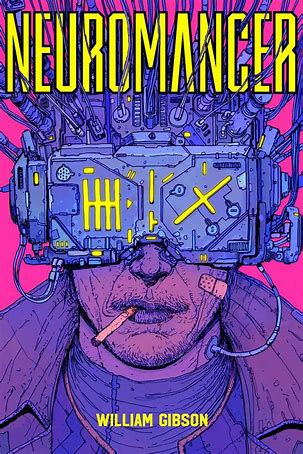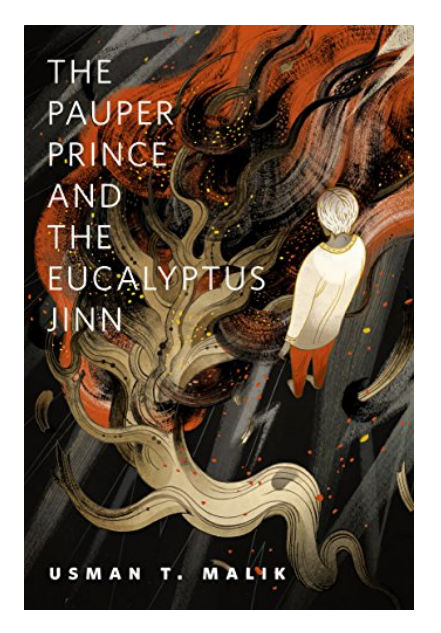
The fascination surrounding Neuromancer lies in Gibson’s visualisation of virtual space as an agent that grants agency to both humans and machines. It is a realm where imagination merges with virtual worlds to create tangible experiences. Thus, cyberspace emerges as the most significant technological evolution—a concept pioneered by Gibson. The narrative of Neuromancer vividly explores artificial spaces and machines in their most advanced forms. This is not merely a tale of machine domination; its underlying themes of techno-capitalism and the politics of power are impossible to ignore. While I believe technology is a potent tool, humans are undeniably its victims, with the most powerful elites remaining the primary stakeholders in these crises.
The character of Wintermute, an independent AI, embodies techno-capitalist traits, functioning like a proto-killer that robs human senses and enacts extractive policies toward people and systems. Behind Wintermute lies the elitist Tessier-Ashpool family, engaged in extreme technological experiments. Their wealth fuels not only cloning processes but also the creation of autonomous AIs, driven by a desire to impose dominance through immortality and to fund perilous machine-learning projects.
A counterculture is represented by the Rastafarian-inspired Zion society, which rejects capitalism and technologist ideologies. As a Rastafarian adherent, Maelcum distrusts all technology, particularly cyberspace, viewing it as an extension of “Babylon”—a term Rastafari use for oppressive systems. Despite this, he aids Case, the protagonist, in infiltrating Straylight during the novel’s climax.
The theme of immortality permeates the story: human clones govern the world, the dead’s memories are artificially preserved, and death is reserved only for the poor. Meanwhile, elites secure immortality through technology. To regulate AI, the concept of a “Turing lock” is activated when AIs gain excessive consciousness. This triggers intervention by either the Turing Police or 3Jane—the AI overseer—who deploys code to disrupt the program’s stable, individual identity.
There is far more to Neuromancer. It is a tale of crime, drug abuse, hacking, murder, and manipulation, with cyberspace functioning as a digital underworld and Wintermute as its overlord. Moreover, it embodies the hallmarks of exceptional science fiction: immersive world-building, a futuristic setting, blended realities, and visionary technologies.
Neuromancer is the first part in the Sprawl Trilogy, followed by Count Zero and Mona Lisa Overdrive. I do not know whether I would be reading the other two works but overall it is a serious work of fiction turning to reality.


